By Christopher Miskimon
Operation Virginia I was a foul-up almost from the beginning. The mission launched on March 15, 1951 aboard a U.S. aircraft transporting four U.S. Army Rangers and 20 Korean agents recruited from the South Korean Army’s officer candidate school. The Rangers were assigned only 10 days before the operation began. They did not even meet their Korean counterparts until six days later. Much valuable preparation time was lost. Even worse, a few hours before the plane was to take off their leader, First Lieutenant Bob Brewer, was removed. Planners did not take into account his knowledge of other clandestine operations in Korea and belatedly realized they could not risk his capture.
Despite all these problems, the controlling headquarters for the mission, known simply as Baker Section, decided to go ahead and send the now leaderless group behind enemy lines. The drop was scheduled for the hours of darkness, and the landing ground was covered in heavy snow. The aircraft rose into the frigid night with its cargo door open, buffeting the team with freezing winds for the entire 250-mile flight into North Korea. When the time came to jump, the team did so, but unfortunately the plane was eight miles south of the designated drop zone.
Ranger Martin Watson landed right in the middle of a sleeping North Korean village. The inhabitants were quickly awakened when every dog in the hamlet began barking at Watson’s arrival. The villagers immediately noticed the large white man running through their streets. Watson was able to rendezvous with his team, and they set out for their target, a railroad tunnel 30 miles from the coastline. It was believed to be lightly defended and remote from any major population centers or military bases. The U.S.-South Korean group marched for hours through the deep snow and finally arrived at the tunnel. They scouted the area and soon realized their briefing was wrong. The tunnel was so well defended the team had no hope of destroying it short of committing suicide.
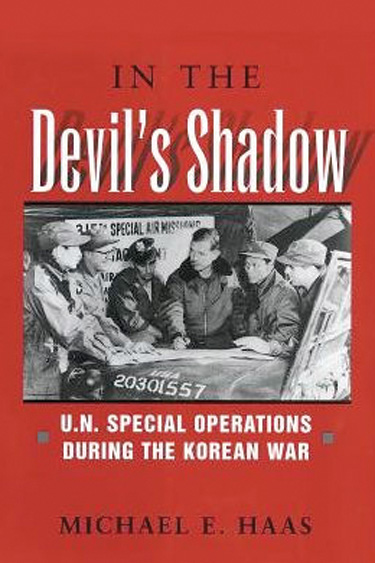 Their mission no longer feasible, the team started for their extraction point on the coast. The mountains swarmed with Communist patrols. It took two weeks for the team to arrive at the coast, evading the enemy all the way. They reached the extraction point and Navy helicopters arrived to pick them up. Three of them got out on one of the helicopters before the North Koreans managed to shoot down a second helicopter with Watson aboard. Watson, the pilot, and five Koreans aboard the downed helicopter managed to escape in the confusion; however, they lacked a radio with which to request another rescue attempt. They were captured a week later. The Americans were interrogated and tortured before spending the rest of the war in a prisoner of war camp. Two of the five Koreans made it back to friendly lines, but the South Korean Army executed them in the mistaken belief that they were spies.
Their mission no longer feasible, the team started for their extraction point on the coast. The mountains swarmed with Communist patrols. It took two weeks for the team to arrive at the coast, evading the enemy all the way. They reached the extraction point and Navy helicopters arrived to pick them up. Three of them got out on one of the helicopters before the North Koreans managed to shoot down a second helicopter with Watson aboard. Watson, the pilot, and five Koreans aboard the downed helicopter managed to escape in the confusion; however, they lacked a radio with which to request another rescue attempt. They were captured a week later. The Americans were interrogated and tortured before spending the rest of the war in a prisoner of war camp. Two of the five Koreans made it back to friendly lines, but the South Korean Army executed them in the mistaken belief that they were spies.
The Korean War was a brutal, often confused affair and this incident highlights the danger faced by the elite soldiers tasked with behind-the-lines missions. Not all operations went so badly, but all were risky and required a special kind of soldier to undertake them. The history of such operations is thoroughly covered in the new book In the Devil’s Shadow: U.N. Special Operations During the Korean War (Michael E. Haas, Naval Institute Press, Annapolis, MD, 2018, 243 pp., maps, photographs, notes, bibliography, index, $21.95, softcover).
Special operations during the early Cold War are almost stereotypically applied to the Vietnam War, but the Korean War saw its share of commando raids, reconnaissance missions, and unconventional warfare. Sadly, the efforts were often uncoordinated and subject to interservice and interagency rivalries, often squandering the achievements of men on the ground. This book pulls no punches in its revelations of special operations in Korea, showing both the good and bad. Even when the results were good, they were often ugly.
This newly released paperback edition is comprehensive, using declassified documents from the CIA and Defense Department as well as interviews with veterans of this secret war. It provides extensive coverage of land, sea, and air operations, creating a balanced view. The work includes a number of compelling photographs, the majority of which come from the personal collections of the veterans.
 SOG Medic: Stories from Vietnam and Over the Fence (Joe Parnar and Robert Dumont, Casemate Publishers, Havertown, PA, 2019, 258 pp., maps, photographs, index, $32.95, hardcover)
SOG Medic: Stories from Vietnam and Over the Fence (Joe Parnar and Robert Dumont, Casemate Publishers, Havertown, PA, 2019, 258 pp., maps, photographs, index, $32.95, hardcover)
The Studies and Observations Group carried out one of the most important and dangerous special operations of the Vietnam War. Joe Parnar was a Special Forces medic assigned to SOG in 1968. He was assigned to Vietnam after meeting with Billye Alexander, a woman famous in Special Forces lore. She made her reputation compiling lists of who should be sent to Vietnam. She told him she appreciated his candor in volunteering as she preferred to send only those who wanted to go.
Shortly afterward, Parnar arrived in the tri-border area of Vietnam, Laos, and Cambodia. He did just about every job a medic could do. On numerous occasions, he had to treat multiple casualties while under fire. Such service required extraordinary dedication and courage.
Originally published in 2007, this new release is a revised and updated edition. It contains added text, new maps, and photographs. There are many memoirs of Vietnam on the market, but this one stands out for its readability and authenticity.
 Badon and the Early Wars for Essex circa 500 to 710 (David Cooper, Pen and Sword Books, South Yorkshire, UK, 2018, 260 pp., map, illustrations, notes, bibliography, index, $34.95, hardcover)
Badon and the Early Wars for Essex circa 500 to 710 (David Cooper, Pen and Sword Books, South Yorkshire, UK, 2018, 260 pp., map, illustrations, notes, bibliography, index, $34.95, hardcover)
When the declining Roman Empire abandoned Britain in ad 410, it greatly affected the local population. For some it was a great calamity and a loss of security, while for others it was an exciting opportunity, a chance to remake the island in a way more natural and profitable for its indigenous people. The territory of Wessex was important to any such plans, thus it was not long before the area was enveloped by warfare. The Britons defeated the first Saxon attempt to seize land in Wessex at the siege of Badon Hill in ad 500. Subsequent years saw more fighting, including the involvement of Germanic and other non-Roman peoples. By ad 710 King Ine managed to push the Britons off to the west, consolidating his position and setting the stage for the future, including the reign of Alfred the Great.
The author is a retired British Army officer who taught Roman history for many years and conducted field studies over the hallowed ground about which he writes. More than just a simple battle history, the book delves into the context and background of post-Roman Wessex, deftly separating the Battle of Badon Hill from Arthurian legend. The book is a mix of academic and archaeological information, tactics, and doctrine as they were applied during this era. It cleverly explains how the Kingdom of Wessex arose from the chaos after Rome and became a power in the British Isles.
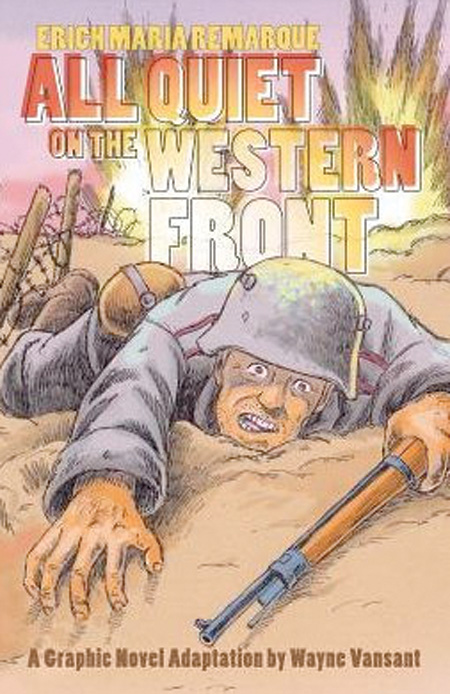 All Quiet on the Western Front (Erich Maria Remarque, adapted by Wayne Vansant, Dead Reckoning, Annapolis, MD, 2019, 176 pp., illustrations, $24.95, softcover)
All Quiet on the Western Front (Erich Maria Remarque, adapted by Wayne Vansant, Dead Reckoning, Annapolis, MD, 2019, 176 pp., illustrations, $24.95, softcover)
This is the classic novel of World War I, the story of Paul and his young friends who enlist in the German Army, caught in a patriotic fervor. Exhorted by their teacher, the boys march off to war to be trained by a sadistic and stern corporal. Soon they are sent to the trenches of the Western Front, where they endure a hellish existence of filth, bombardments, and brutal combat. As years of this go by, Paul and his fellow soldiers become inured to the horror and violence that surrounds them. They struggle to retain their humanity as they are gradually distanced from the very nation they are fighting for.
This classic work, aging and less well known with each passing year, receives new life in this graphic novel. The author has spent 30 years writing graphic adaptations of military history and war fiction, introducing a generation of new and young readers to stories which might otherwise be lost to them. The writing and artwork are both of high quality and make the work readable and enjoyable. This book is an effort by the esteemed Naval Institute Press to bring both fictional and nonfictional military stories to the public, and it succeeds admirably.
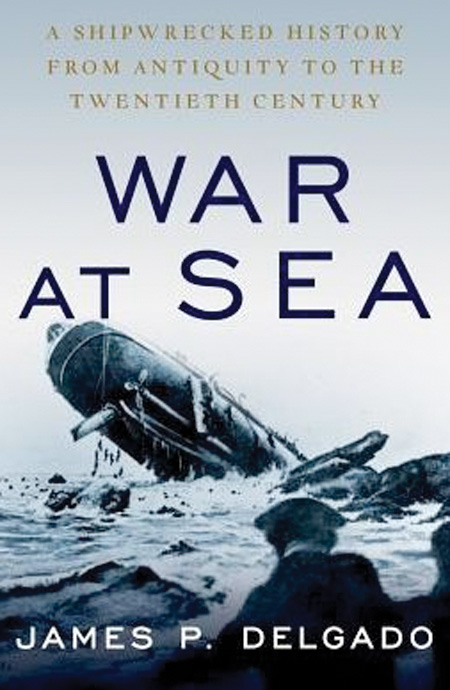 War at Sea: A Shipwrecked History from Antiquity to the Twentieth Century (James P. Delgado, Oxford University Press, Oxford, UK, 2019, 432 pp., maps, photographs, bibliography, index, $34.95, hardcover)
War at Sea: A Shipwrecked History from Antiquity to the Twentieth Century (James P. Delgado, Oxford University Press, Oxford, UK, 2019, 432 pp., maps, photographs, bibliography, index, $34.95, hardcover)
The world’s oceans are humanity’s vastest battlefield. As a result, the seabed is home to untold thousands of warships and their crews, lying in their sunken gravesites, most of them unknown to this day. The earlier recorded naval battle took place in 1200 bc and in the millennia since the wrecks littering the ocean’s bottom provided a map to the struggles of human civilization, when they could be found. Sunken warships also demonstrate the gradual advances in technology represented over time. Places such as Actium, Trafalgar, Jutland, and Midway are more than just points on a map. Looking at what lies beneath the waves reveals more than what is often found at the sites of land battles, which get picked over and the land reused.
The author has personally discovered or explored and documented a number of the sunken ships in this work. The book is organized as a chronological journey through history examining the history of war at sea through what is left behind. It is also a combination of several disciplines, including history, archaeology, and the science of exploration. This book is an interesting and fresh way to consider naval history. It is well illustrated and relates shipwrecks to the events that produced them in a creative and original way.
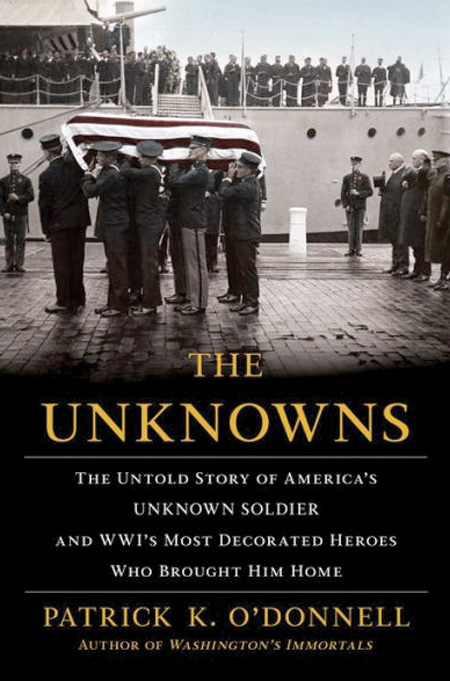 The Unknowns: The Untold Story of America’s Unknown Soldier and WWI’s Most Decorated Heroes Who Brought Him Home (Patrick K. O’Donnell, Grove Atlantic Press, New York NY, 2019, 362 pp., maps, photographs, notes, index, $27.00, hardcover)
The Unknowns: The Untold Story of America’s Unknown Soldier and WWI’s Most Decorated Heroes Who Brought Him Home (Patrick K. O’Donnell, Grove Atlantic Press, New York NY, 2019, 362 pp., maps, photographs, notes, index, $27.00, hardcover)
The Tomb of the Unknown Soldier built in 1921 at Arlington National Cemetery holds the remains of a single soldier from World War I, symbolic of all those who fell in battle and were never identified. The tomb contains the remains of a soldier who was brought back from Europe by an honor guard of eight men, all decorated service members selected personally by General John J. Pershing.
Many of the stories in this book read like tales of adventure fiction, but they are well-researched and in-depth historical accounts. The author is an acknowledged military historian with numerous works to his credit, and he pours that long experience into this new work. The memorial to the Unknown Soldier is one of America’s better known military monuments, but the story of the eight men who brought that soldier home is almost unknown today. That void is filled admirably in this new book, adding new weight to the importance of our remembrance.
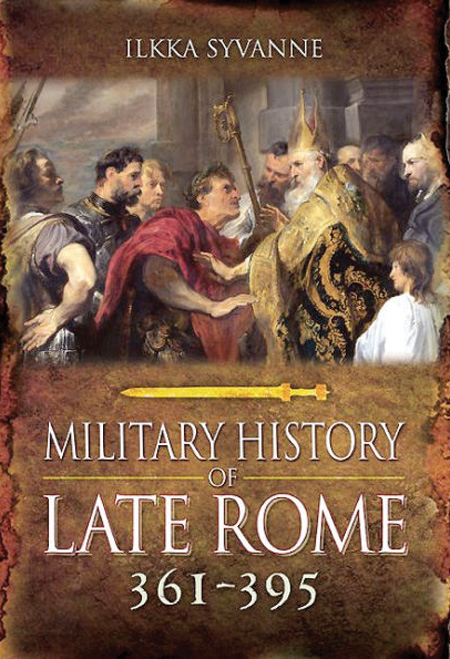 Military History of Late Rome 361-395 (Ilkka Syvanne, Pen and Sword Books, South Yorkshire, UK, 2019,320 pp., maps, illustrations, notes, bibliography, index, $50.00, hardcover)
Military History of Late Rome 361-395 (Ilkka Syvanne, Pen and Sword Books, South Yorkshire, UK, 2019,320 pp., maps, illustrations, notes, bibliography, index, $50.00, hardcover)
With the death of Constantius II in ad 361, Rome began its long slow decline into ruin. The new emperor Julian led an expedition against the Sassanid Persians, and Valens suffered defeat against the Goths at Adrianople; both emperors paid with their lives for their battlefield failures. Rome faced many external threats during this period on several fronts and it became increasingly more difficult to secure the borders. By the end of this period Rome was divided into Eastern and Western Empires upon the death of Theodosius I.
This latest work is part of a planned seven-book series covering the military history of late Rome from 284 to 641. As later Rome was a tumultuous period, the author wisely provides extensive background on the military changes, organization, equipment, strategy, and tactics of the time. The author also covers the details of Rome’s allies and enemies. These sections alone are interesting and full of valuable information, but the book also covers the campaigns and leaders who fought during these years.
 James Riley Weaver’s Civil War: The Diary of a Union Cavalry Officer and Prisoner of War, 1863-1865 (Edited by John T. Schlotterbeck, Wesley W. Wilson, Midori Kawaue and Harold A. Kingsmith, Kent State University Press, Kent, OH, 2019, 328 pp., Illustrations, appendices, notes, bibliography, index, $49.95, hardcover)
James Riley Weaver’s Civil War: The Diary of a Union Cavalry Officer and Prisoner of War, 1863-1865 (Edited by John T. Schlotterbeck, Wesley W. Wilson, Midori Kawaue and Harold A. Kingsmith, Kent State University Press, Kent, OH, 2019, 328 pp., Illustrations, appendices, notes, bibliography, index, $49.95, hardcover)
Weaver’s service and captivity span 666 consecutive days. His diary entries contain his experiences at Gettysburg and time in Northern Virginia as the Union Army gradually gained first parity with and then superiority over the Confederates. After his capture, Weaver continues to provide unvarnished and clear descriptions, describing how men from all walks of life and all regions endured hardships alongside one another. He also reveals what he learned from conversations with guards, civilians, new arrivals, and even local newspapers as he and his fellow prisoners tried to make sense of what was happening around them.
It is increasingly difficult to find new and unused primary sources for the American Civil War. Therefore, it is always welcome when one such as this comes along. Weaver was intelligent and thoughtful, and the editors of his diary equally so in their preparation of this document for publication. It is a treasure for those interested in Civil War prisons and the experiences of prisoners.
 1918: Winning the War, Losing the War (Edited by Matthias Strohn, Osprey Publishing, Oxford, UK, 2018, 304 pp., maps, photographs, notes, bibliography, index, $28.00, hardcover)
1918: Winning the War, Losing the War (Edited by Matthias Strohn, Osprey Publishing, Oxford, UK, 2018, 304 pp., maps, photographs, notes, bibliography, index, $28.00, hardcover)
The final year of World War I was the most dramatic of the conflict. Russia had suffered defeat the year before, dropping out of the war and enabling Germany to mass fresh troops on the Western Front for a final push to try and end the war before masses of U.S. divisions flooded into the trenches. The German offensives began in March 1918 and brought the Allies to the edge of defeat but were finally stopped before a decisive end could be reached. The Allied counterattacks, with the infusion of fresh American soldiers to bolster the exhausted British and French armies, pushed back the Germans and achieved victory in the autumn of that year.
This interesting new work is a collection of articles concentrating on the final year of World War I. The authors are among the most prominent scholars of the conflict, and their work has been carefully gathered and edited into a coherent narrative of 1918. The author includes chapters on the four major armies of the Western Front: British, French, German, and American. Another chapter informs the reader on the so-called forgotten fronts in Russia, Italy, and the Balkans. He also covers air and sea campaigns. This book provides an excellent overall look at the war’s final months from multiple perspectives.
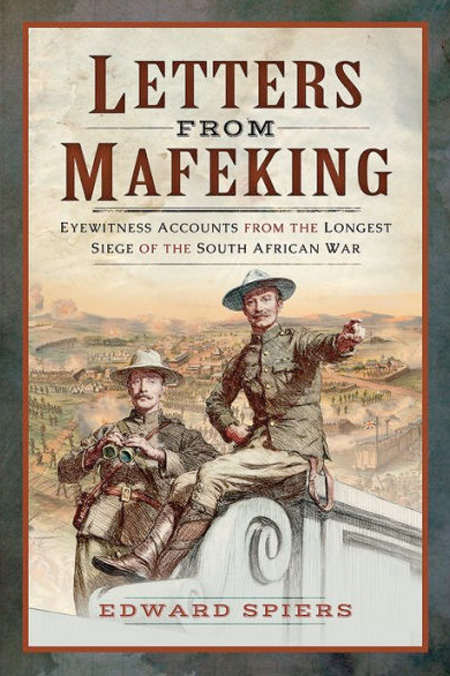 Letters from Mafeking: Eyewitness Accounts from the Longest Siege of the South African War (Edited by Edward M. Spiders, Frontline Books, Yorkshire, UK, 2019, 288 pp., maps, photographs, appendices, bibliography, index, $39.95, hardcover)
Letters from Mafeking: Eyewitness Accounts from the Longest Siege of the South African War (Edited by Edward M. Spiders, Frontline Books, Yorkshire, UK, 2019, 288 pp., maps, photographs, appendices, bibliography, index, $39.95, hardcover)
The 217-day siege of Mafeking, a railway town with inadequate defenses, was the longest and most controversial of the three sieges that began the South African War in 1899. The relief of the town brought celebrations across the British Empire, despite the limited military value of the event. Mafeking was just one of several sieges which became notable in British Victorian history.
The author provides a new history of the siege through the use of fresh material from 120 newly available letters, diaries, interviews, and speeches by both soldiers and civilians who participated in the fighting. Unlike the news reporting of the time, these sources are all uncensored and provide insights not widely available in the siege’s aftermath. The psychological and physical impacts of the fighting are reexamined and applied to the success of the defense of Mafeking.
Short Bursts
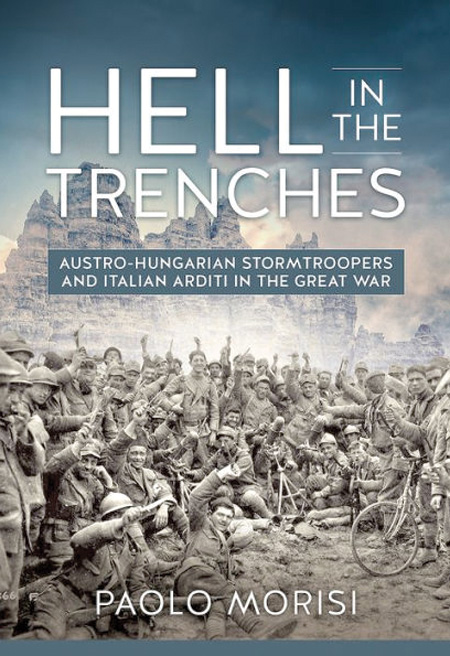 Hell in the Trenches: Austro-Hungarian Stormtroopers and Italian Arditti in the Great War (Paolo Morisi, Helion and Company, 2018, $39.95, softcover) These two groups of hand-picked soldiers fought across the mountainous regions of southern Europe. This book reveals details of their creation and organization.
Hell in the Trenches: Austro-Hungarian Stormtroopers and Italian Arditti in the Great War (Paolo Morisi, Helion and Company, 2018, $39.95, softcover) These two groups of hand-picked soldiers fought across the mountainous regions of southern Europe. This book reveals details of their creation and organization.
How America Won World War I: The US Military Victory in the Great War—The Causes, the Course, and the Consequences (Alan Axelrod, Lyons Press, 2019, $29.95, hardcover) Even Von Hindenburg admitted that the U.S. infantry won the war. This book explains how they did it.
Presidents of War: The Epic Story, from 1807 to Modern Times (Michael Beschloss, Crown Books, 2019, $35.00, hardcover) This is a history of how U.S. presidents have taken their country to war. The author’s storytelling provides context to the reader.
Cellini: Freedom Fighter (Vito “Tutuc” Cellini and Mick Prodger, Elm Grove Publishing, 2019, $37.99, softcover) Vito Cellini fought as an Italian soldier and Yugoslav partisan in World War II. After the war, he used his skills in the private sector.
Weapons of the Viking Warrior (Gareth Williams, Osprey Publishing, 2019, $22.00, softcover) This book examines the wide variety of weapons Viking warriors used in combat. The author uses both historical and archaeological sources.
T-54/55: Soviet Cold War Main Battle Tank (Robert Jackson, Pen and Sword Books, 2019, $22.95, softcover) This was the ubiquitous Soviet tank of the Cold War. This book provides historical details as well as information for the serious modeler.
 Alpha One Sixteen: A Combat Infantryman’s Year in Vietnam (Peter Clark, Casemate Books, 2018, $29.95, hardcover) The author was a replacement in the U.S. 1st Infantry Division. This memoir conveys his experiences during his tour in combat.
Alpha One Sixteen: A Combat Infantryman’s Year in Vietnam (Peter Clark, Casemate Books, 2018, $29.95, hardcover) The author was a replacement in the U.S. 1st Infantry Division. This memoir conveys his experiences during his tour in combat.
Smoke ‘Em If You Got ‘Em: The Rise and Fall of the Military Cigarette Ration (Joel R. Bius, Naval Institute Press, 2019, $39.95, hardcover) This book examines the U.S. military’s issuance of cigarette rations to service members. After the Surgeon General reported that cigarettes were hazardous to health, the military sought to sever the soldier-cigarette relationship.
Beirut Rules: The Murder of a CIA Station Chief and Hezbollah’s War Against America (Fred Burton, and Samuel L. Katz, Penguin Random House, 2018, $28.00, hardcover) This book focuses on the murder of CIA Station Chief William Buckley amid the war in Lebanon in the early 1980s. It places his death amid the larger fighting in the Middle East.
The Sniper Encyclopedia: An A-Z Guide to World Sniping (John Walter, Casemate Publishing, 2019, $37.95, hardcover) The history of sniping is thoroughly covered in this work. Details are given on weapons, tactics, training, and the snipers themselves.
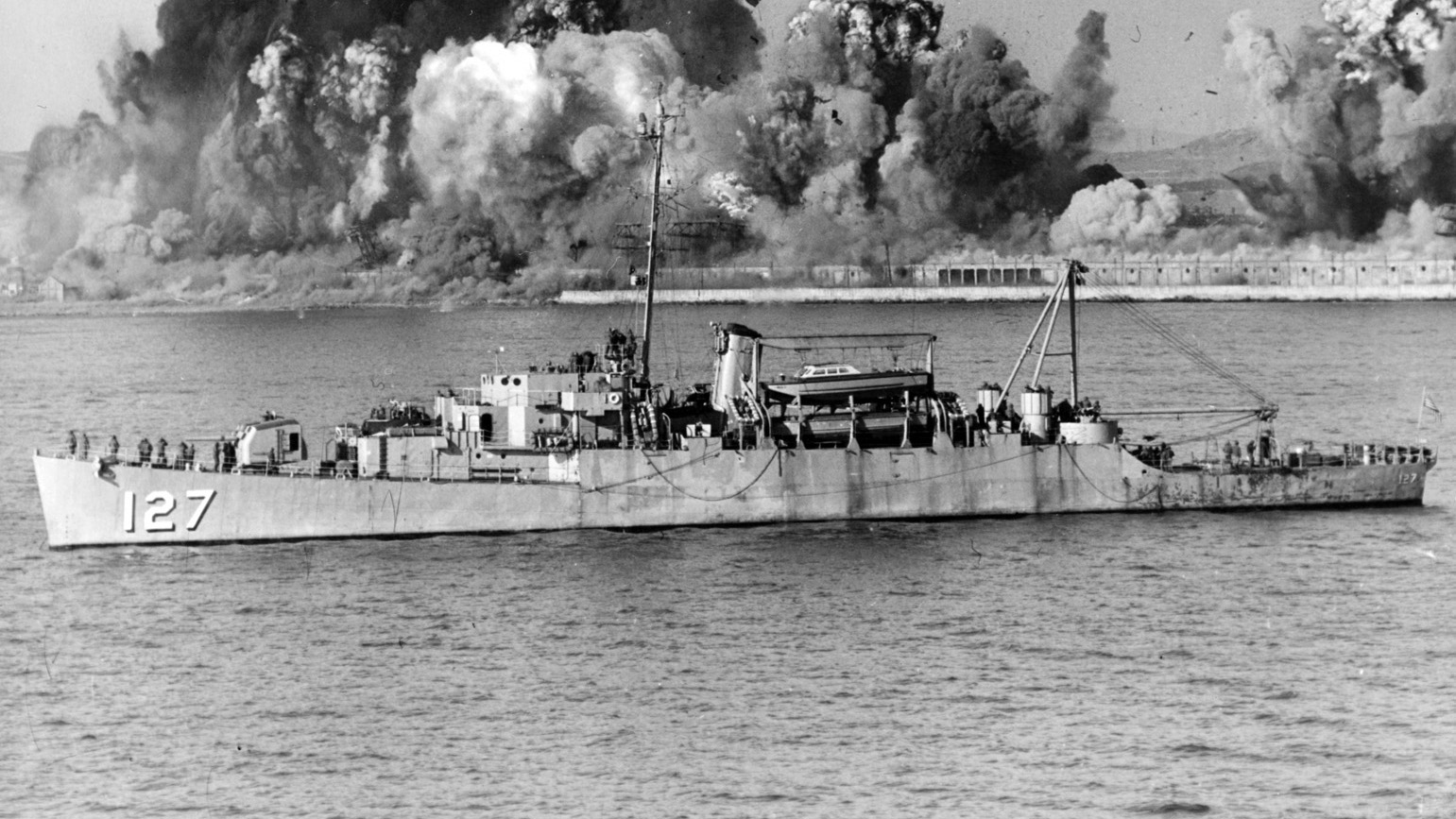
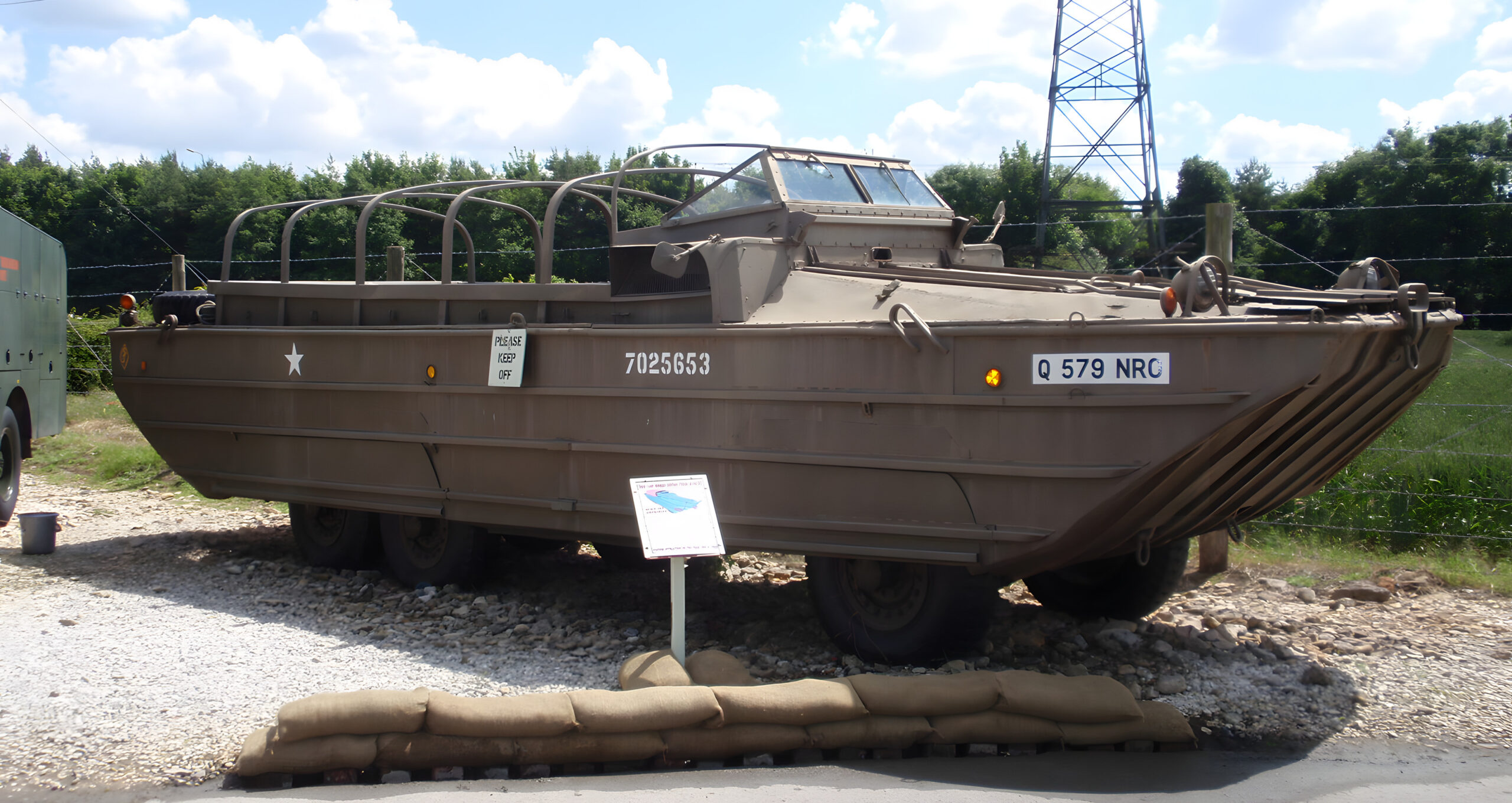
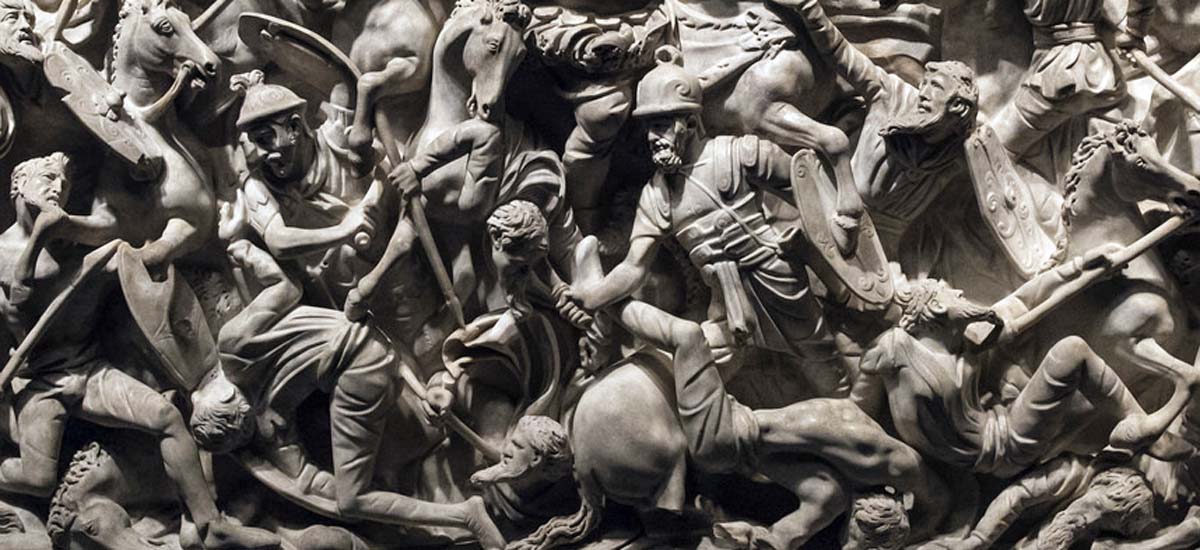
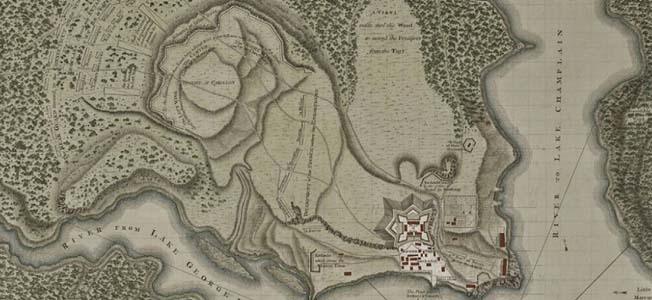
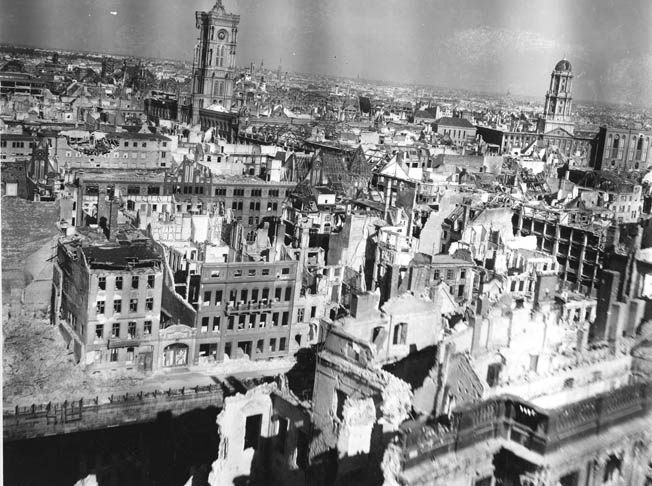
Join The Conversation
Comments
View All Comments